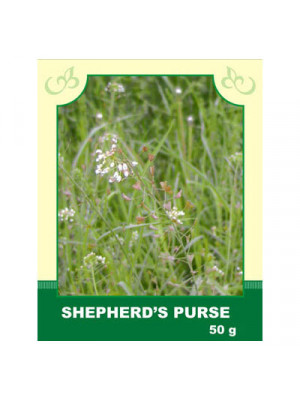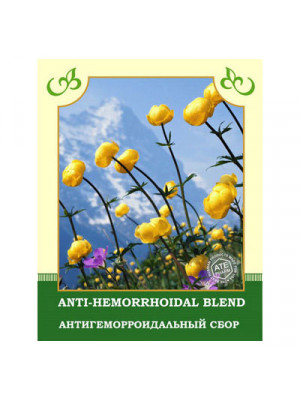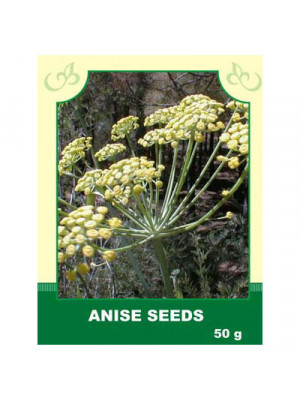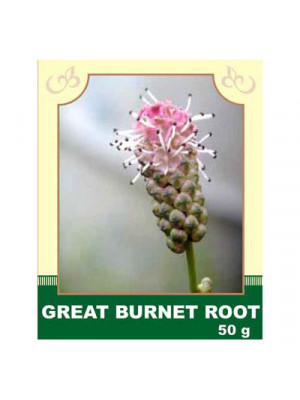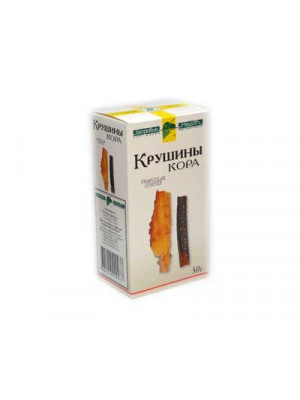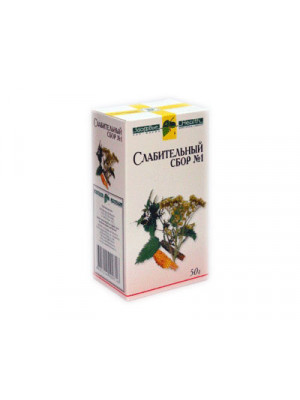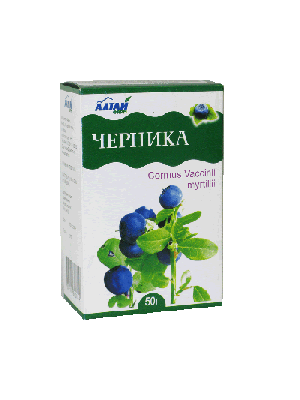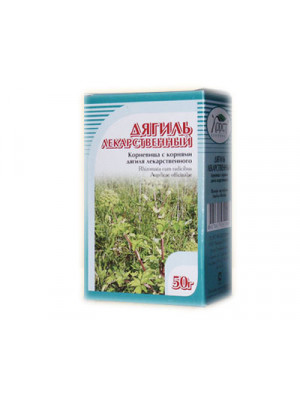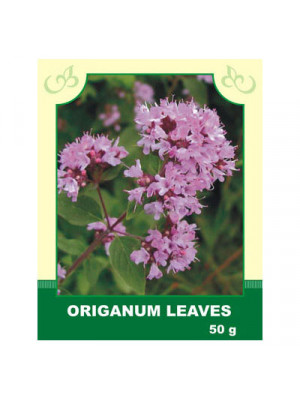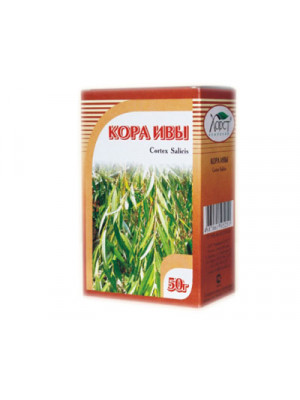Dry Herbs & Berries
If you like to use a lot of dry herbs and berries to create teas, wellness pads and an assortment of other items for well-being, our dry herbs and berries can provide you with a quick way to do it on your own. Each packet contains the herbs or berries of your choice that were freshly grown, chopped up and dried to perfection. Every herb and berries packet is 100% natural, with no artificial preservatives or added fillers. You're able to create a tasty blend with all that is provided from our large selection.
Internally:
Take internally for bleeding, liver and kidney diseases, fractures, metabolic disorders, weak intestinal peristalsis, and pathological menopause.
Method of application and dosage: Infuse 2 tablespoons of the raw material with 200 ml of boiling water, boil in a water bath for 15 minutes, infuse for 45 minutes, strain, squeezing the remaining material. Bring the prepared infusion to the initial volume and take 1 tablespoon 4-5 times a day after meals.
Externally: Use the infusion for local baths, washing, lotions, and compresses for bruises, inflammation of tendons, minor injuries, and skin damage.
Contraindications: Individual intolerance.
$6.99Composition: senna, yarrow, dogwood bark, coriander, licorice.
Used for hemorrhoids (in uncomplicated and complicated forms), atonic constipation, intestinal colic, intestinal dysbiosis.
$5.40
Description. In ancient Chinese as well as traditional Indian system of medicine, anise has assumed a very popular stature. Anise seeds are rich in volatile oil, flavonoids and other important nutrients. Anis actions are disinfectant, anti-inflammatory, spasmolytic, expectorant and antiviral. Anise seeds stimulate lactation, and are considered to be a mild diuretic. Moreover, Anise is a mild antiparasitic and its leaves can be used to treat digestive problems, relieve toothache. Anise can be used to relieve menstrual cramps. Use. Anise has a long history of medical, magical, and culinary use. Anise has also been used for centuries as an agent for relief of coughs and colds. It is still used widely today as a digestive aid and anti-flatulence agent. After taking anise preparations digestion improves, constipations stop and the work of gastrointestinal tract normalizes. Indeed, science has proven that the essential oils in the seeds do have expectorant properties. A tea can be made for relief from cough and congestion. Externally, Anise tea can be wrapped in a warm cloth and used as a compress for eye pain. Try dropping a few seeds in a glass of warm milk before bed to prevent insomnia. Lastly, Anise seeds can be chewed in the morning for an all-day mouth freshener.
Attention! Before using any herbal products, make sure that you have full knowledge of how the herb works and any adverse reaction it may cause.$6.99Internally, it is taken as a binding, hemostatic, anti-inflammatory, analgesic, and bactericidal agent for inflammations of the mucous membranes, significant disorders of the functional activity of the stomach, intestines, diarrhea, hemorrhoids, uterine bleeding, and inflammatory skin processes. Steamed crushed roots are used for poultices in boils and leg ulcers.
Method of application and dosage: Pour 2 tablespoons of raw material into 200 ml of boiling water, heat on a water bath with a closed lid for 30 minutes, infuse for 10 minutes at room temperature. Strain and take 1 tablespoon 5-6 times a day.
Externally, steamed crushed roots are used for poultices in boils and leg ulcers. For douching, which is carried out 1-2 times a day, the decoction is diluted with warm boiled water (take 100 ml of the decoction for 900 ml of water). For leg ulcers, thrombophlebitis, make compresses from the plant's tincture on 20% alcohol. Rinse children's eyes with a decoction and make compresses for conjunctivitis.
Contraindications: individual intolerance.
$6.99- Buckthorn bark has been used medicinally since at least the 1600s, when it was listed in a primary medical reference called the London Pharmacopeia. Although most herbs have had a wide variety of traditional uses, later refined to a single or a few proven benefits, buckthorn bark throughout its history has been consistently used to relieve one ailment: constipation and its by-products (hemorrhoids and anal irritation). Buckthorn bark contains compounds called anthraquinones, which have a strong purgative, laxative effect on the body. Because these compounds are powerful, before being processed into laxative products the bark is aged for a year, or heated and dried. Buckthorn bark has laxative and cathartic properties.$6.99
- Applied with acute and chronic constipation, improves intestinal peristalsis, relieves him from the lethargy. Has anti-inflammatory effect.$6.99
Internal use: Taken for gastric and intestinal catarrhs with reduced acidity of gastric juice, stomach upset, diarrhea, and chronic constipation, spasms and pains in the stomach and intestines, kidney and bladder stones, gout, and rheumatism. Particularly effective for diarrhea in children and acute enterocolitis in adults. Bilberry berries enhance sharpness of vision, provide an increase in the field of vision, and reduce eye fatigue from prolonged work under artificial light.
Method of application and dosage: 3-4 teaspoons of berries are poured with 400 ml of boiling water, infused for 2-3 hours, and taken in 1/4 cup 5-6 times a day.
External use: Infusion is used for enemas in case of hemorrhoidal bleeding, eczema, pimples, and burns. 1-2 teaspoons of berries are poured with 200 ml of boiling water, infused for 15 minutes, strained, squeezed out, and used for rinsing, lotions, and enemas.
Contraindications: Individual intolerance.
$6.99- Angelica has a tonic effect on the cardiovascular and central nervous system, increases the secretion of bile and pancreatic juice. Angelica is used to treat gout, rheumatism and low back pain, use rubbing alcohol for tinctures is recommended for gallstone disease, kidney disease.$6.99
Description. Oregano herb contains volatile oils, tannins, ascorbic acid. Oregano is usually thought of as a culinary herb, but it has been used medicinally for thousands of years. Oregano is a powerful antiseptic; it also has calming, diuretic, cholagogic properties. Use. Oregano is very useful for indigestion, bloating, flatulence, coughs, urinary problems, bronchial problems, headaches, swollen glands, and to promote menstruation. It is also used to relieve fevers, diarrhea, vomiting, and jaundice. Unsweetened tea can be used as a gargle or mouthwash. Externally, Oregano leaves can be pounded into a paste. This paste can then be used for pain from rheumatism, swelling, itching, aching muscles, and sores. For tired joints and muscles, put a handful of Oregano leaves in a coffee filter, mesh bag, or cheesecloth bag and run steaming bath water over it. Allow it to steep in the tub with you as you relax in the warm, fragrant water.
Attention! Do not take oregano while being pregnant.
Attention! Before using any herbal products, make sure that you have full knowledge of how the herb works and any adverse reaction it may cause.$6.99- Bark is used to ease pain and reduce inflammation, and there is good evidence that it is effective as an analgesic and anti-inflammatory. Due to its astrigent action willow bark is used for diarrhea and gastro-intestinal inflammations.$6.99


